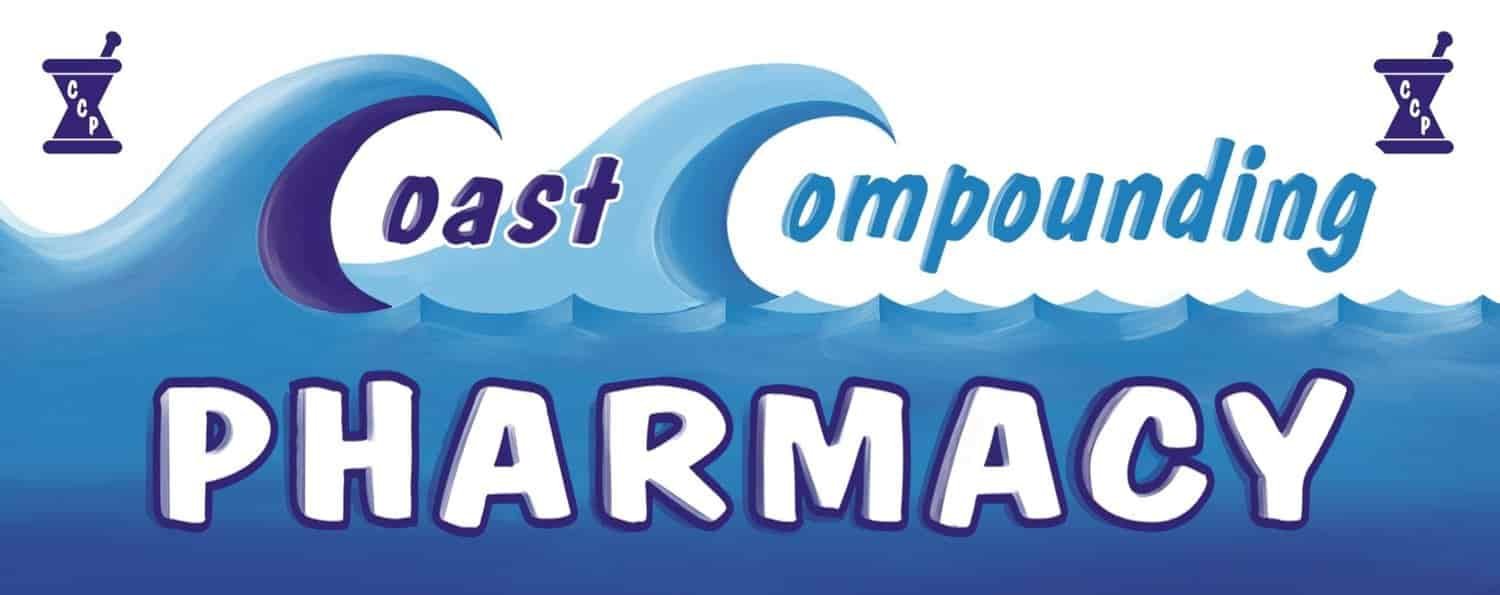Prescription compounds are specialized medications created to meet individualized patient needs. They can address specific conditions when standard medications are not effective or cause adverse effects. This blog will explore what prescription compounds are and how they can benefit you.
Understanding Prescription Compounds
Prescription compounds are personalized medications made by compounding pharmacists to address specific patient needs.
The essence of prescription compounds lies in their adaptability. Unlike mass-produced medications, these compounds are designed to cater to individual requirements, whether that involves alternative ingredients or unique dosages.
For instance, if a patient is sensitive to a particular chemical commonly found in a standard medication, a compounding pharmacist can create a formulation that omits that ingredient, allowing the patient to receive treatment without adverse effects.
Thus, the realm of prescription compounds emerges as a vital aspect of personalized medicine, providing benefits that standard pharmaceutical options may not deliver.
Types of Prescription Compounds
Prescription compounds come in various forms, enabling healthcare providers to tailor treatments effectively. Common types of compounded medications include creams, gels, capsules, liquids, and suppositories.
For example, topical creams can be formulated to alleviate localized pain, offering patients relief without the need for more systemic medications that often carry greater side effects.
Additionally, compounding can also cater to pediatric patients who may require flavored formulations to improve adherence, or geriatric patients who might struggle with swallowing pills.
With such versatility, prescription compounds can be adapted to treat a variety of conditions, from hormone imbalances to dermatological issues.
Who Can Benefit from Prescription Compounds?
Many patients can benefit significantly from prescription compounds. Those with allergies or intolerances to certain ingredients in commercial medications often find solace in these personalized treatments.
Moreover, individuals who require specific dosages that aren’t readily available in conventional forms can rely on compounding for their unique needs. This is particularly important for children and the elderly, who often need precise dosage adjustments.
Patients who struggle with standard forms of medication, such as pills or injections, may also find liquid or topical versions more acceptable and easier to administer.
How to Access Prescription Compounds
To access prescription compounds, the first step is to consult with your healthcare provider. This discussion should focus on your specific medical needs and any difficulties you have encountered with standard medications.
Your provider may then collaborate with a compounding pharmacy to create a tailored medication that suits your requirements. Ensuring that the pharmacist is licensed and follows all regulatory guidelines is essential for safety.
It’s important to maintain an ongoing dialogue with both your healthcare provider and the compounding pharmacist to adjust the treatment as needed.
Potential Risks and Considerations
While prescription compounds are generally considered safe, there are potential risks to be aware of. These risks can arise from improper formulation or lack of regulatory oversight.
It is imperative to work with certified professionals who adhere to strict compounding guidelines to minimize risks. Patients should actively discuss their medical history and any allergies with their pharmacist.
Moreover, even though a compounded medication can be customized for the individual, it’s essential to monitor for side effects and efficacy, just as one would with any other medication.
In Summary
Prescription compounds offer tailored treatment options for a range of conditions that may not be adequately addressed by commercially available medications. By consulting with a qualified healthcare provider, you can determine if prescription compounds are the right choice for your healthcare needs.

